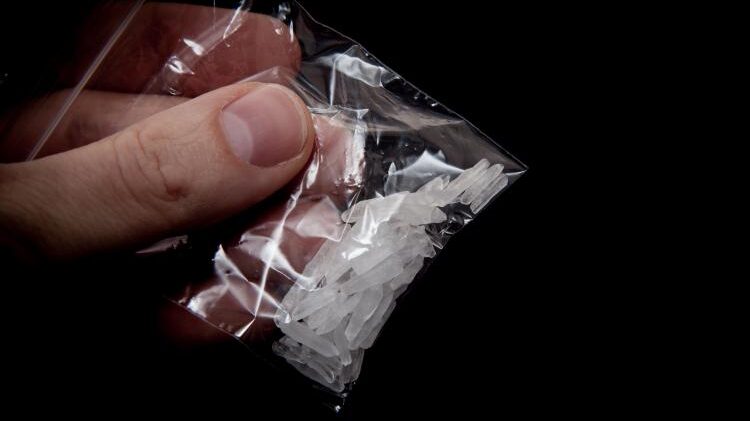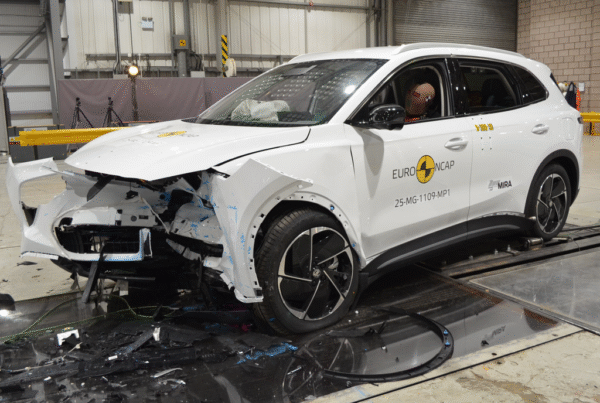The first comprehensive study of illicit drug use and motor vehicle trauma has found that one in eight of those who end up in the emergency major trauma centre test positive for an illicit drug – and that 77 per cent of these are under the influence of methamphetamine.
The study, led by clinicians at the Royal Melbourne Hospital and published in the journal, Drug and Alcohol Review, has made urgent calls for routine testing of all motor vehicle trauma patients to be tested for illicit drugs to help curb road trauma.
The study screened more than 1300 patients over 12 months from August, 2018. It found that:
- 13 per cent (173) tested positive to at least one illicit substance
- Almost 77 percent (133) tested positive for meth/amphetamine
- One in five had more than one illicit substance detected
The bulk (almost 92 per cent) testing positive for drugs in motor vehicle accidents were actually in the vehicle, with 2 per cent cyclists and 5 per cent pedestrians. Compared to those without drugs in their system – and having been in motor vehicle accidents – they were younger (35 versus 43 years) and more likely to end up in the ED overnight.
In 2015, the Victorian Road Trauma report stated that approximately 10 per cent of deaths and 12 per cent of the serious injuries occurring on Victorian roads were associated with alcohol and illicit drug driving and that drugs and alcohol were suspected to be involved in half of the fatalities of 16 to 17-year-old passengers.
However, according to Associate Professor Jonathan Knott, from the Royal Melbourne Hospitals’ Emergency Department and the lead author of the current study, these figures are estimates based on preliminary findings from police members first on scene, and not formal toxicological reports.
“We expected there to be a substantial overlap between illicit drug use and high-risk behaviours associated with alcohol consumption. But we identified an important group who have only illicit drugs in their system after their trauma event,” Mr Knott said.
The authors conclude that the outcomes of the study “supports the need for urgent preventive strategies.”
A Fleet Management Response
As fleet professionals, we have a responsibility to stamp out inappropriate drug and alcohol use within our workplace. We need to create a safe culture where testing and education of our drivers is taken as seriously as any other part of safety within our organisation.
What follows is some brief advice on what workplaces can implement to keep their drivers safe and to protect their organisation against tragedy.
Is drug and alcohol testing at work legal in Australia?
Yes. In Australia, it is perfectly legal to conduct workplace drug testing in your place of business. However, it is crucial that you establish a comprehensive workplace drug and alcohol policy in place beforehand and educate your employees on the terms of the policy before you commence testing.
It is perfectly reasonable to make your employee undergo a drug or alcohol test especially if he or she is transporting goods or passengers, transporting goods, operating heavy machinery, or in law enforcement.
Can an employee decline a drug or alcohol test?
Your employee does have the right to decline an invitation to a drug or alcohol test. But in accordance with a workplace drug and alcohol policy, he or she can face disciplinary action.
Therefore, your workplace drug and alcohol policy should state what happens in the event that an employee declines a drug or alcohol test.
What happens if an employee tests positive for drugs or alcohol?
If your employee tests positive, your next course of action should be in accordance with your workplace drug and alcohol policy. You will need to inform your employee that he or she tested positive and develop a plan of action moving forward as per your agreed policy.
AfMA has provided an Alcohol and Drug policy as part of our fleet management guide which is available as a free resource for all of our members by clicking here (login required). To enquire about the benefits of AfMA Membership click here.



















